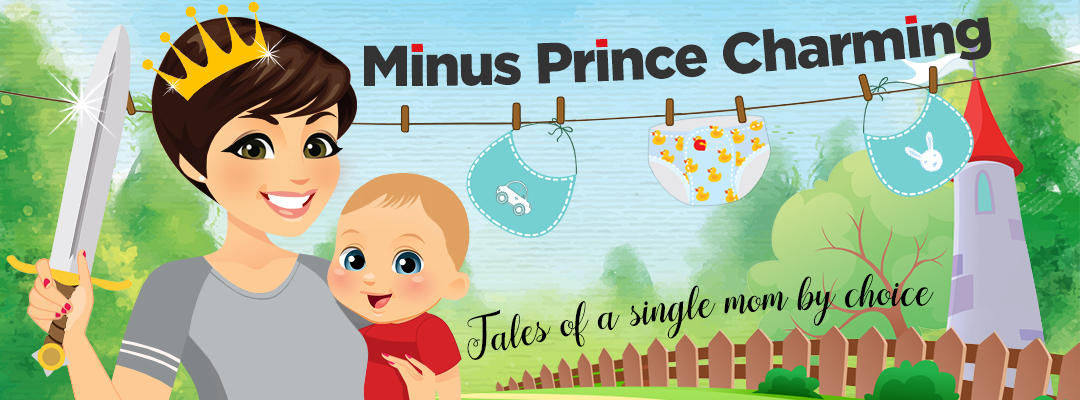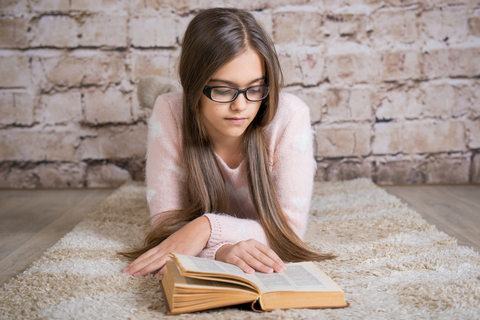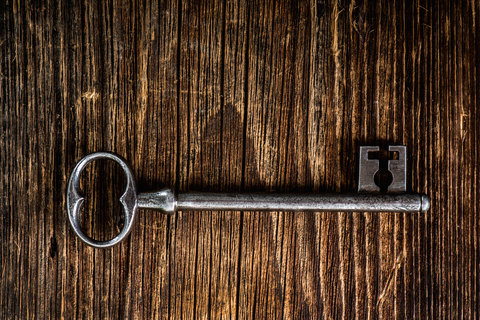Two years ago when I was writing for another site, I took a break from writing about trying to conceive as a single mom by choice to write a couple back-to-school posts wearing my teacher hat instead. As I was preparing to reread the summer reading book I’m in charge of this year for at least the fourth time, I decided maybe it was time to add a post for parents of older kids. So here is this year’s back-to-school bit of advice.
Tell me your child doesn’t read enough—of anything—and I will hear your concerns, offer suggestions, and sympathize with your strong desire to raise a reader. Kids need to read; it helps build vocabulary, strengthens empathy, and is ultimately the best way to become a more fluent and sophisticated writer. If your child doesn’t read, I’m concerned.
But tell me your child reads, but only the same series, genre, or even one particular book over and over again, and you’re likely to get a guilty grin. Because I was that kid. Heck, I am that adult. When I find something I like, I stick with it—for a long time, longer than any relationship I’ve ever had with non-fictional character. I’ve reread some of my favorite books or series more than a dozen times. I often binge read a series or genre for months at a time. (This was the summer of Southern mysteries with a touch of romance.)
I won’t make apologies for my reading habits, nor will I let anyone tell me they are less valid or valuable than other reading. And I won’t tell a parent they ought to discourage such reading in their children. Rereading is reading. And all reading is valuable.
You never read the same book twice.
Yes the words on the page may be the same, but you will never have the exact same experience reading a book no matter how many times you read it, because you aren’t the same person from day to day, or year to year. Rereading is especially prevalent in tweens and teens, which makes perfect sense; they’re at a stage of development where everything about and around them is changing constantly from their friends, to their bodies, to their sense of self. What speaks to them in a book one month will not necessarily be the same as what speaks to them the next. Even as adults this is true. Does anyone honestly think he’d have the same reactions and opinions about something he read before major life events like marriage, children, or losing a parent, as he would after those experiences?
The craft is hidden in the details.
I’d also argue one can learn more about writing and craft from rereading something multiple times or reading multiple works by the same author than one could from never doing so. The first time you read a book you’re caught up in the plot and characters. A skilled author won’t hit readers over the head with their craft. Things like voice, symbolism, and tidbits of character’s backstory that become crucial three books later in a series are often overlooked during the first read when readers are rushing to the resolution. But reread that same book or series and suddenly you find yourself yelling at the characters, “You idiot! If you had paid attention to that you could have saved yourself a lot of trouble!” Or for the first time you see and are awed by the way an author always takes the time to describe certain things and you realize it was another layer to developing mood or character. And if you’re thinking that kids aren’t capable of recognizing such things, you’re not giving them, especially those of them who read regularly (yes, even those who reread), nearly enough credit.
So by all means encourage your children to read and read widely. Model such reading for them. Discuss what you’ve read and what they’ve read. Try to find non-fiction articles about the authors or topics of their favorite genre. But please do not discount or discourage their reading simply because “they always read the same thing.” There are plenty of parents who would love to have that problem. And plenty of English teachers and writers who reread quite often themselves and find value—and enjoyment!— in each rereading.
Previous Back-to-School posts:
Making the Most of At-home Read Alouds
5 Tips for Reducing Back-to-School Stress
How Your Child Can Benefit from Having a New Teacher
Making the Most of Parent Night
Photo credit: © Budyanskaya1979 | Dreamstime



